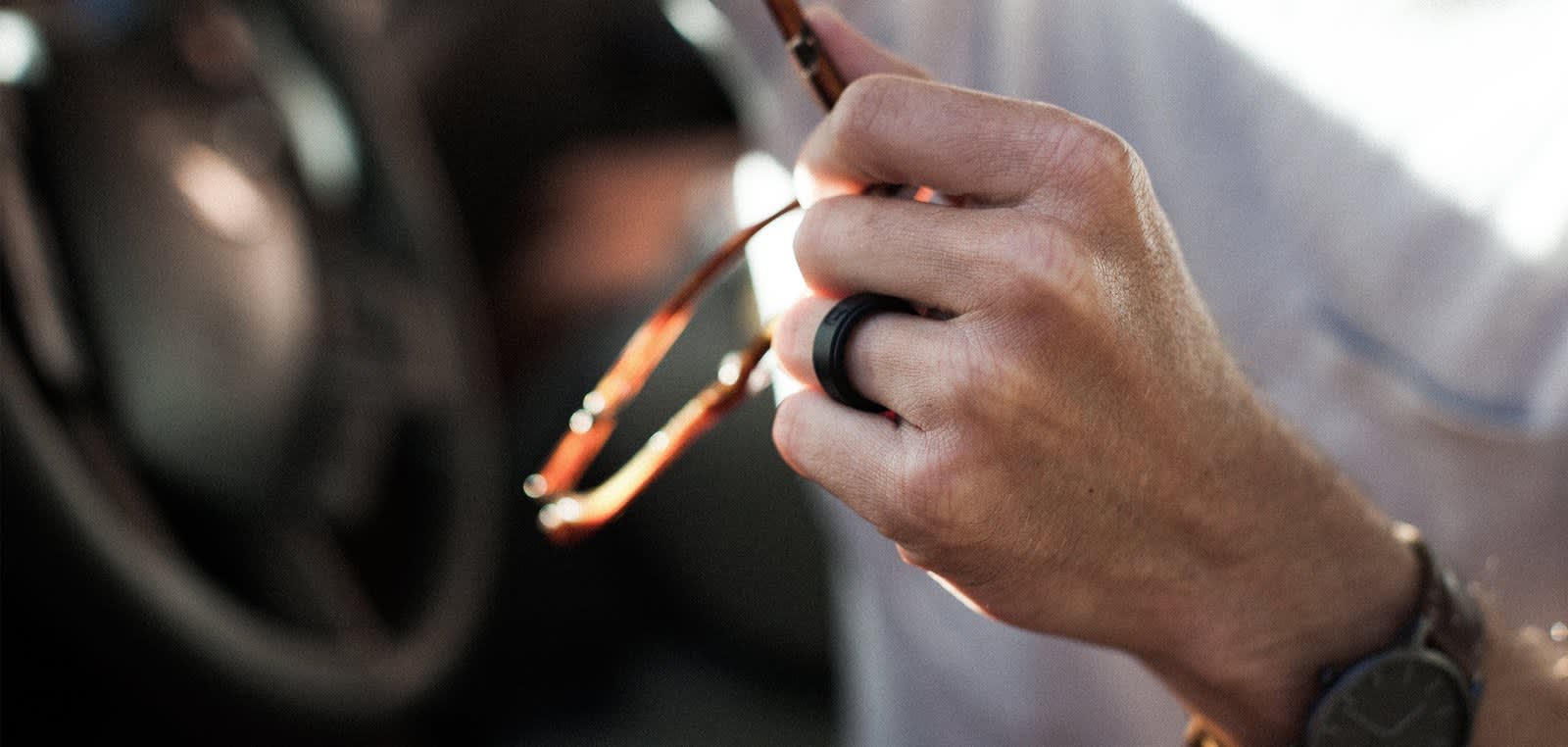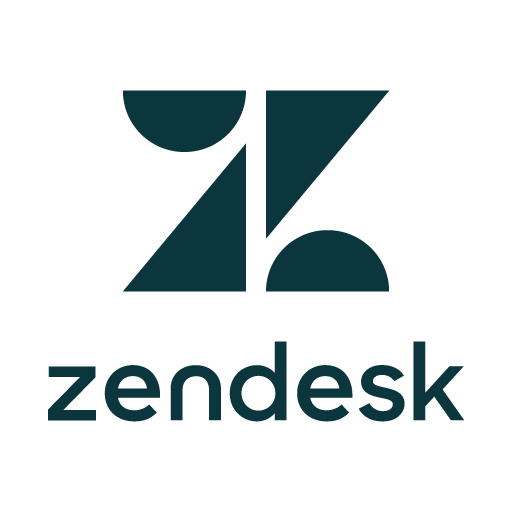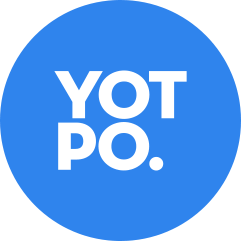How KC Holiday Built QALO, A $100MM Silicone Ring Business
Hello! Who are you and what are you working on?
Hey there! My name is KC Holiday and I am the co-founder of QALO.
We are a family-first company committed to designing and making products that enable families to share adventures and meaningful experiences—best known for being the creators of the functional wedding ring.
We’ve created an enormous community of over 2 million people who wear QALO to represent the most important commitment they’ve made in their life. This year we as a company will eclipse over 100M in total revenue since Ted Baker (my co-founder) and I founded the company from a dining room table in 2013.

What's your backstory and how did you come up with the idea?
We are often asked the story of how we came up with the concept, and I wish I had some elaborate story about almost losing a finger, but my life isn’t dangerous enough for that.
The...

Download the report and join our email newsletter packed with business ideas and money-making opportunities, backed by real-life case studies.

Download the report and join our email newsletter packed with business ideas and money-making opportunities, backed by real-life case studies.

Download the report and join our email newsletter packed with business ideas and money-making opportunities, backed by real-life case studies.

Download the report and join our email newsletter packed with business ideas and money-making opportunities, backed by real-life case studies.

Download the report and join our email newsletter packed with business ideas and money-making opportunities, backed by real-life case studies.

Download the report and join our email newsletter packed with business ideas and money-making opportunities, backed by real-life case studies.

Download the report and join our email newsletter packed with business ideas and money-making opportunities, backed by real-life case studies.

Download the report and join our email newsletter packed with business ideas and money-making opportunities, backed by real-life case studies.




















